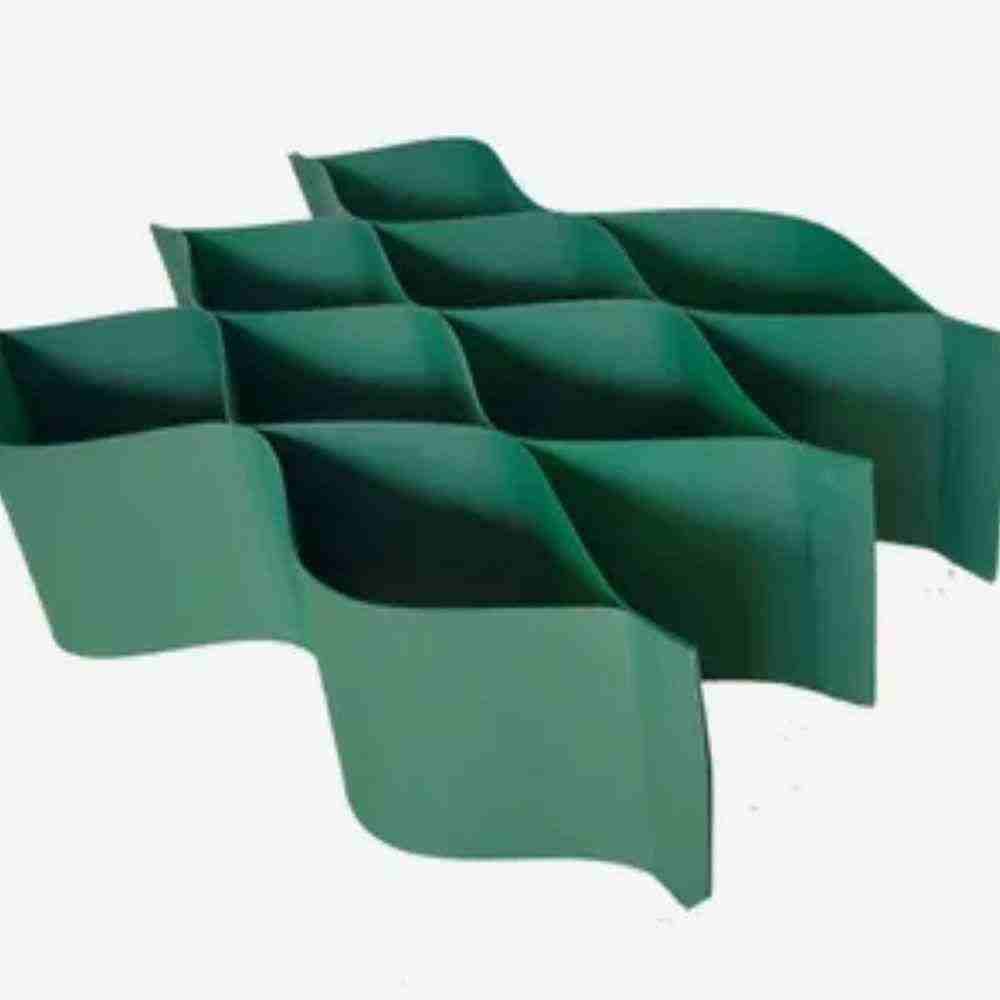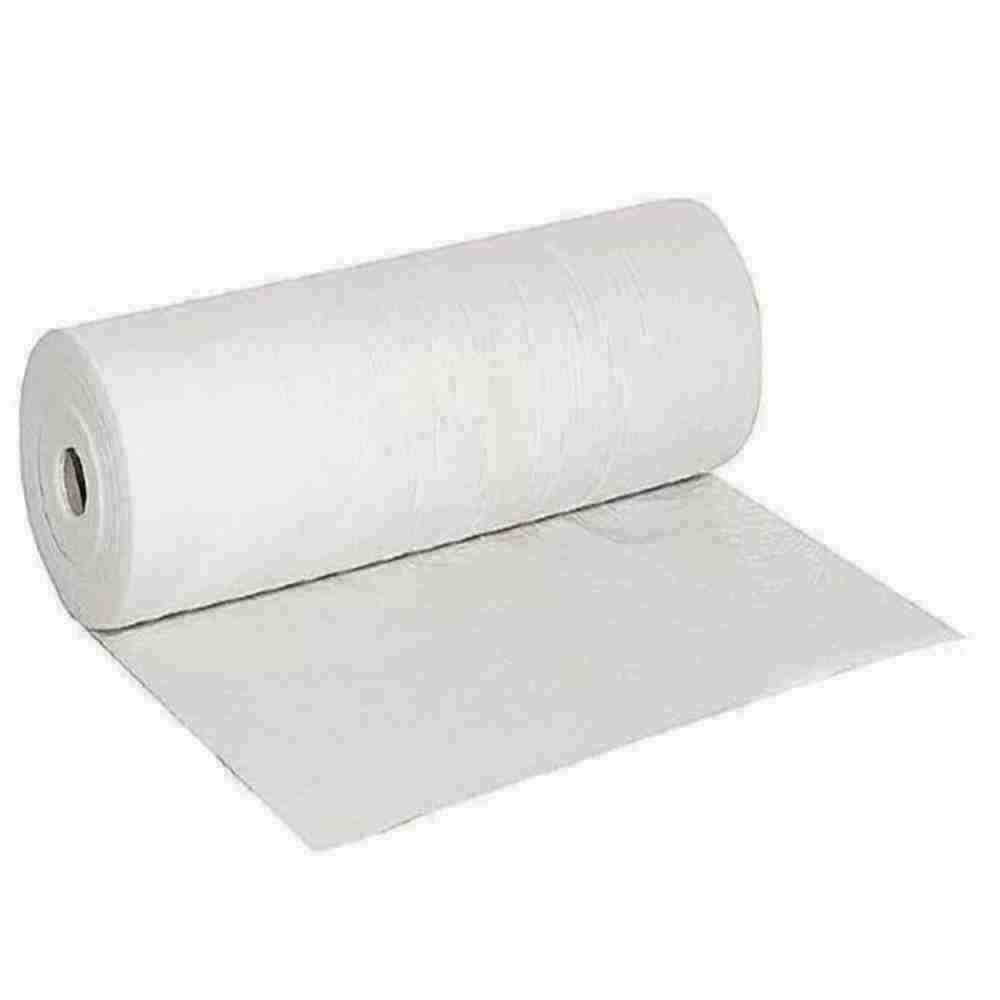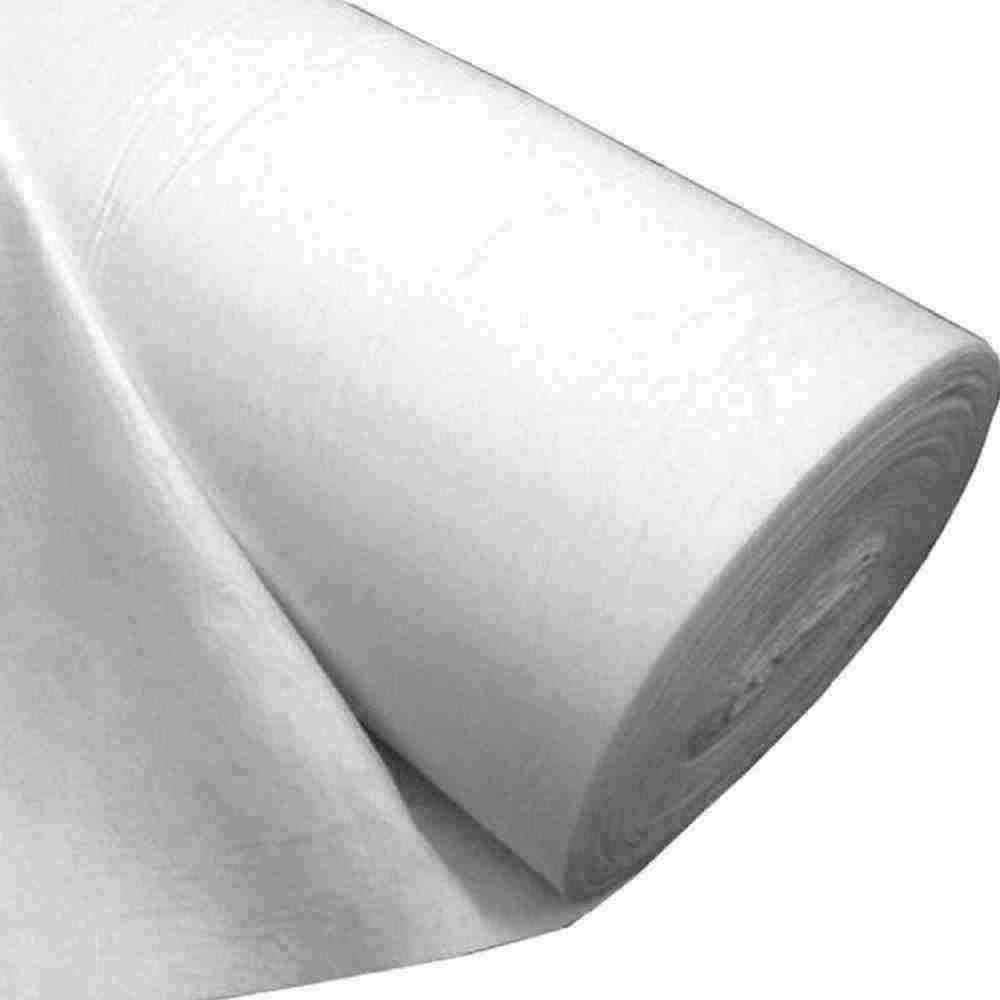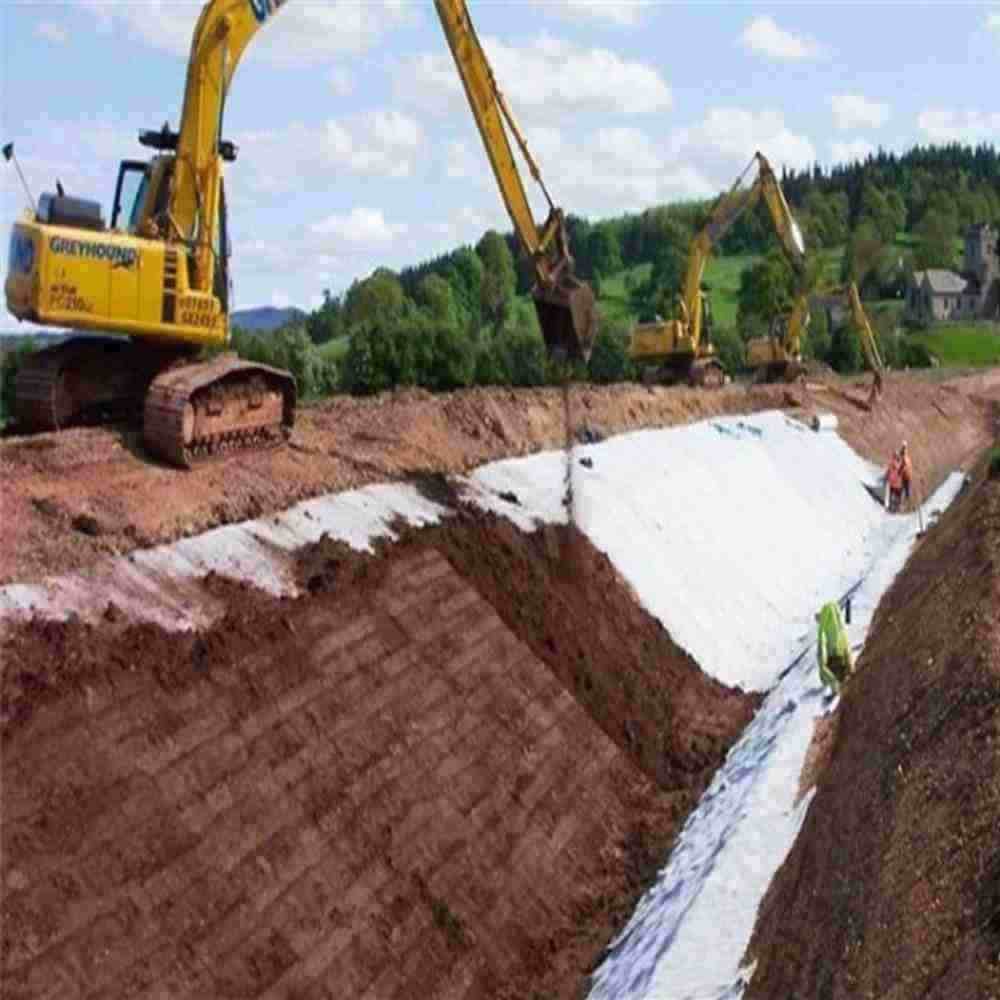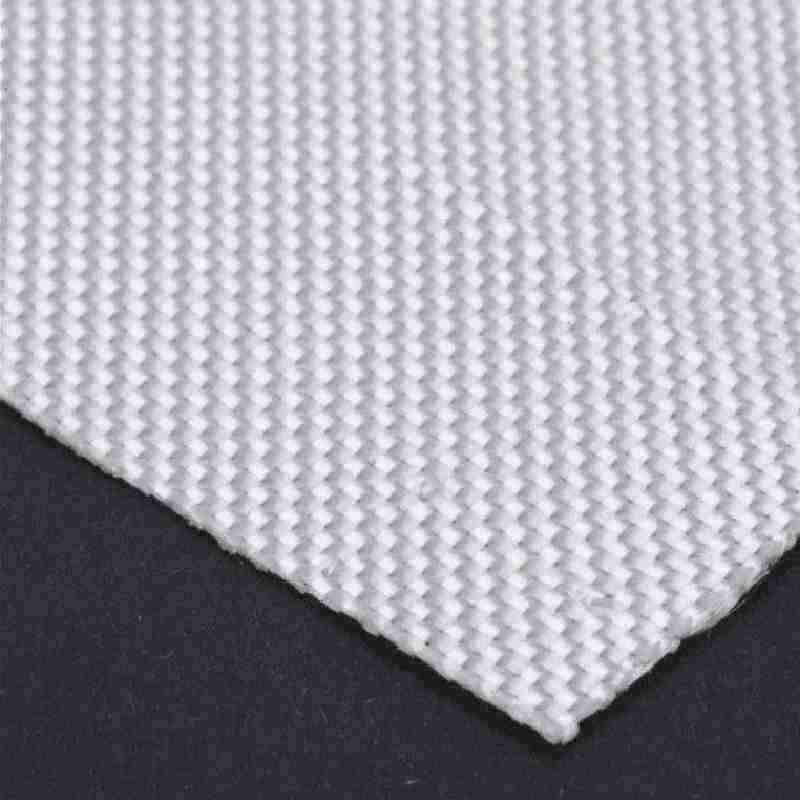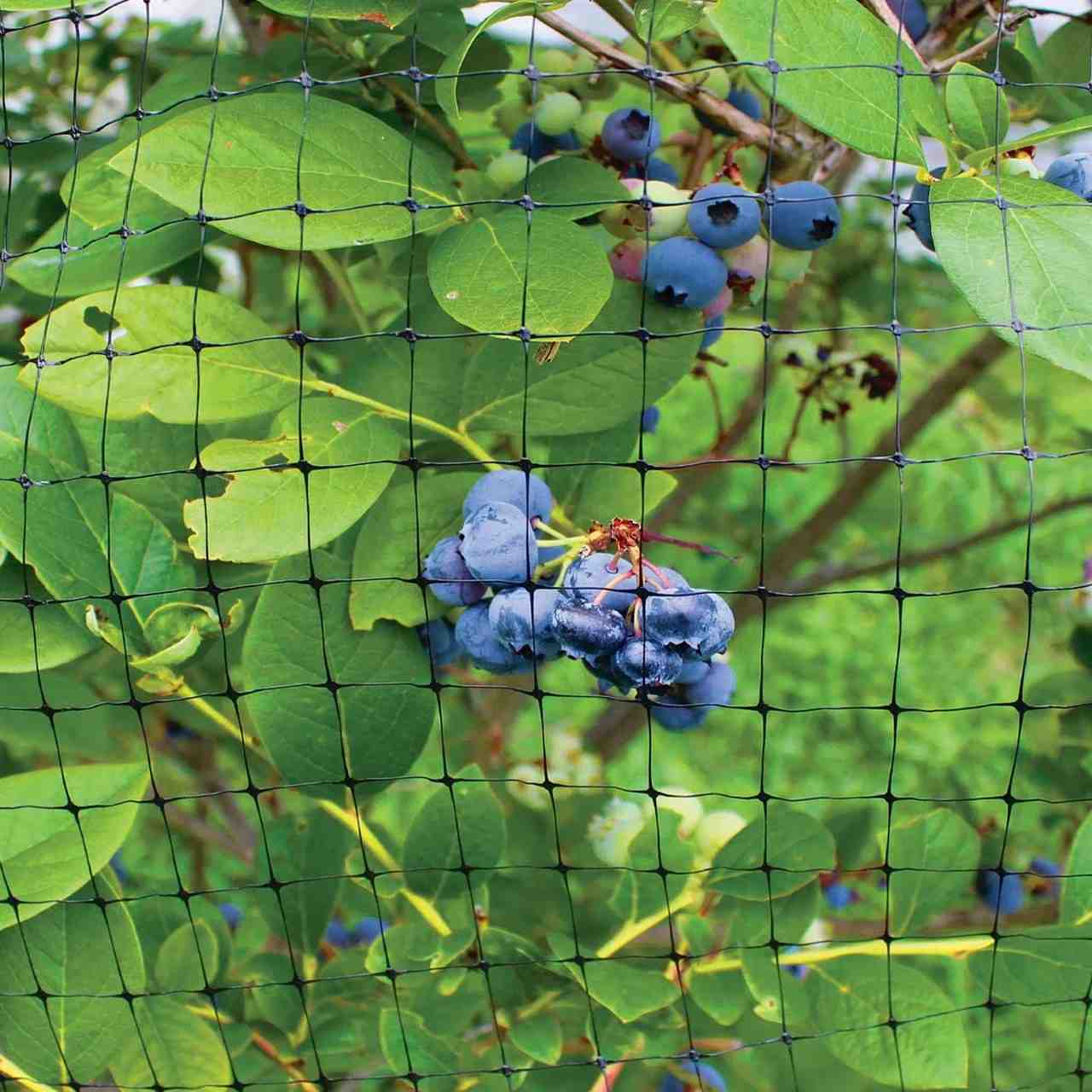
Optimizing Production of Woven Geotextile Materials
Release time:
2024-11-18 13:57
Woven geotextiles are a key material used in the production of various construction and infrastructure projects. These geotextiles are made from polypropylene or polyester fibers that are woven together to create a strong and durable fabric. They are commonly used in civil engineering, environmental engineering, and construction applications to provide reinforcement, separation, filtration, and drainage.
One of the main applications of woven geotextiles is in road construction. These materials are used to provide stabilization and reinforcement to the soil under roads, preventing erosion and reducing maintenance costs. By placing a layer of woven geotextile between the soil and the pavement, the fabric helps to distribute the load of the traffic and prevent the formation of ruts and potholes.
Woven geotextiles are also used in the construction of retaining walls and slopes. By placing a layer of geotextile on the face of the wall or slope, it helps to control erosion and provide stability to the structure. The fabric acts as a barrier to prevent soil loss and water infiltration, ensuring the long-term integrity of the construction.
In addition, woven geotextiles are commonly used in landfill liners and caps. These materials help to contain and manage waste by providing a barrier to prevent leachate from contaminating the surrounding soil and groundwater. By incorporating geotextiles into the design of landfills, it helps to protect the environment and ensure compliance with environmental regulations.
Woven geotextiles are also used in coastal protection projects. By placing a layer of geotextile on the shoreline, it helps to stabilize the soil and prevent erosion caused by waves and tides. The fabric acts as a barrier to protect the coastline and infrastructures from the damaging effects of water, ensuring the long-term sustainability of coastal areas.
Overall, woven geotextiles play a crucial role in the construction industry by providing reinforcement, separation, filtration, and drainage in various applications. These materials are essential for ensuring the long-term durability and stability of infrastructure projects, making them an indispensable component in the production of construction materials.
Latest developments

